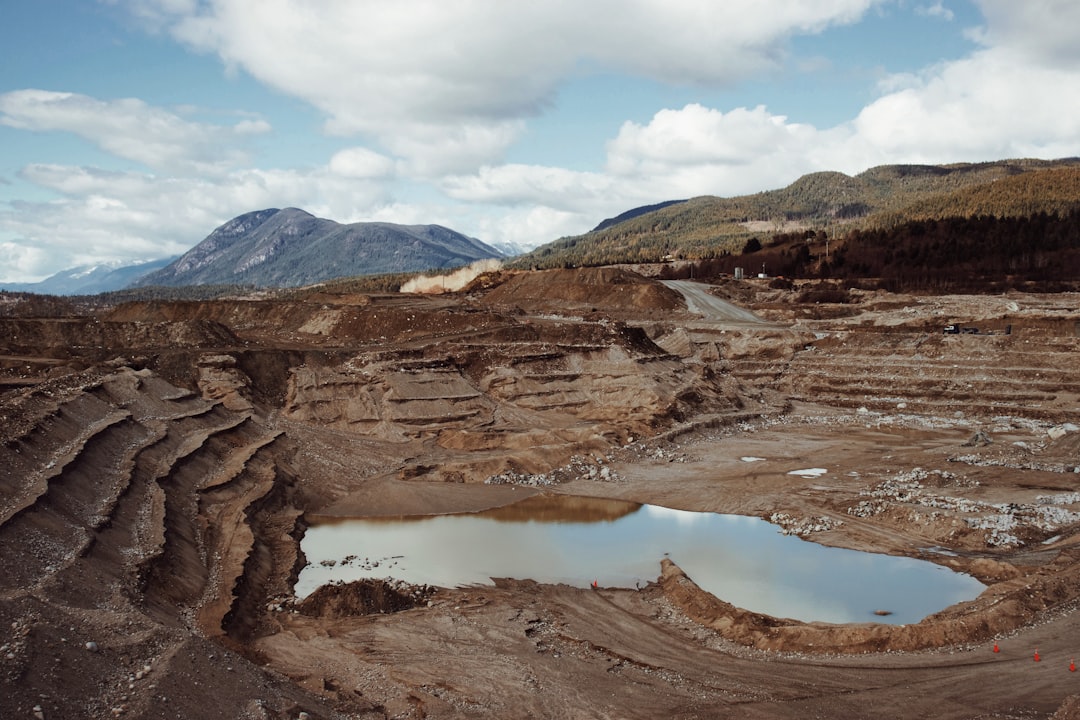What is it about?
Adopting new paradigms in scientific research may markedly improve the scientific understanding of bed form dynamics. We highlight the challenges and opportunities it poses, and present the guidelines to tackle the technical challenges ahead (e.g., setting engineered data sharing standards to build a global bed form data set.) We also describe the potential to develop bed form data analysis software through collaborative effort on, for example, the Bedforms-ATM freely accessible software platform, which allows for analyzing the variability and dimensionality of bed form fields
Featured Image

Photo by Ben Curry on Unsplash
Why is it important?
Similar goals were achieved through collaborative effort from other scientific communities (e.g., astronomers, ecologists, turbulence-focused researchers), which resulted in important scientific advancements
Perspectives
I really enjoyed co-authoring this article. The topic was resonating in my mind after reading how collaborative work allowed ecologists for building a large global data set and developing a metadata language to access it to perform complex data analysis. My co-authors and I hope bed form dynamics-focused scientists start discussing the steps we need to take to reach a similar state in scientific meetings such as MARID (https://marid.net/)
Ronald Gutierrez
Pontificia Universidad Catolica del Peru
Read the Original
This page is a summary of: Towards adopting open and data‐driven science practices in bed form dynamics research, and some steps to this end, Earth Surface Processes and Landforms, February 2020, Wiley,
DOI: 10.1002/esp.4811.
You can read the full text:
Resources
Conference version of the paper
Please take a look to the conference version of the paper in the proceedings of MARID 2019
Bed forms ATM, a freely accessible software to analyze the variability and dimensionality of bed form fields
Open access article that describes the technical capabilities of Bedforms-ATM
Contributors
The following have contributed to this page










